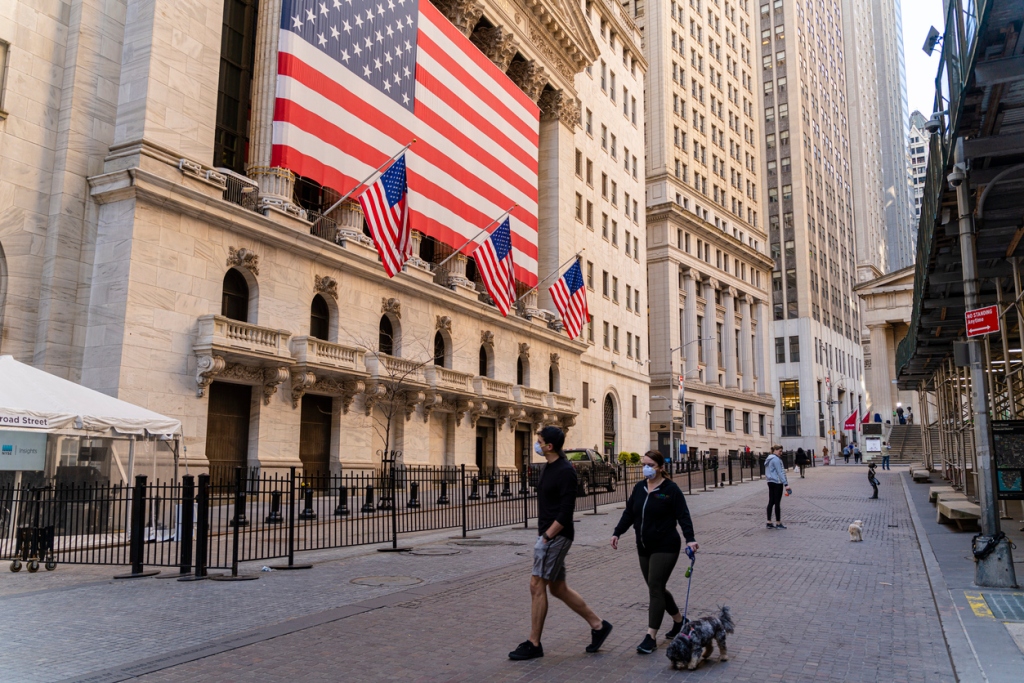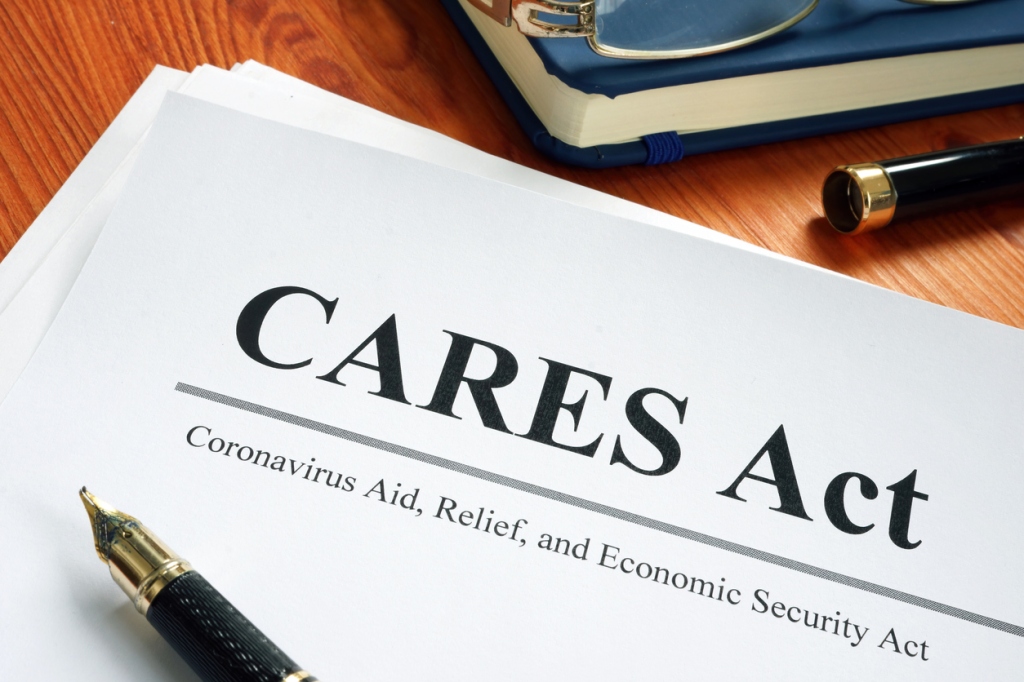View Sale Announcement Detail


Archived news

The Organization of Economic Cooperation and Development (OECD) reports that the U.S. economy is poised for the fastest recovery in recent times, which spells good news for bankers and lenders.
The Paris-based organization forecasts that the country's GDP will achieve a 6.9% growth, an upward revision from the 3.5% in December. That will mark the country's fastest economic growth in nearly four decades, last seen in 1984.
This remarkable economic recovery is powered by enormous policy support, increased consumer spending, and a thriving job market. The Dow Jones Industrial Average has already recovered and surpassed its pre-pandemic peak in February 2020 by 18%. The housing market is booming, with home prices nationwide appreciating by 14% compared to the same period last year.
The Covid-19 pandemic restrictions led to a severe economic downturn early last spring. Drawing from previous recessions, economists and analysts were worried that it would take years to roll back the effects of the pandemic. Luckily, that's quickly proving not to be the case, and the economy is on a strong upward trajectory. Pundits now expect the country's economy to exceed pre-pandemic levels in the current quarter.
The economy is expected to recover faster from the Covid-19 recession because it was driven by disruption, much like a natural disaster. The pandemic is akin to a natural disaster that disrupted the economic cycle. Natural disasters briefly interrupt economic activities but leave the underlying demand for goods and services intact. Once the catastrophe abates, the economy rebounds faster than it would with a typical recovery.
Recovery from a natural disaster may take even longer because it's often accompanied by displacement and property destruction. A 2018 study found that it took New Orleans residents affected by Hurricane Katrina several years to recover. In some instances, these people raised their income higher than the people unaffected by the natural disaster.
Recovery from the 2001 and 2007 to 2009 recessions was slower because financial factors initiated them. Typically, recessions result from rising interest rates or declining asset values. That leads to decreasing output, lowered income, and loss of employment, which lasts for more than a year. For instance, the 2007 housing crash ruined many household finances and bankrupted many institutions. The resultant declining demand weighed down the economy for years.
During a downturn, consumers often cut back spending to conserve cash reserve due to the fears of losing their jobs, further amplifying the slump. But this time, it was different. Consumer spending in some areas such as auto has remained relatively unaffected. A survey by the U.S. Census survey found that many people scaled back their spending during this period. And they did so as a precautionary measure against the virus, not the fear of losing their jobs.
Recoveries from previous recessions were characterized by joblessness, which kept the pressure on consumer spending. The low demand for products and services resulted in high unemployment rates for years. But this time, it's different, and there are plenty of jobs to go around. The employment cost index rose by 0.9% during the first quarter, the sharpest increase in 14 years. Although at 6.1%, the unemployment rate is higher than the pre-pandemic level, there's an onslaught of business resurgence.
Accelerated vaccination efforts by the government are helping to contain the natural disaster. Buoyed by the vaccine, a large sliver of the population has resumed their regular spending habits. Many businesses have reopened in response to the growing demand and consumer spending.
Hiring is also picking up as more people get vaccinated and the pandemic-triggered lockdowns lifted. A study by the University of Minnesota Carlson School of Management found a positive correlation between vaccination and employment rates. Out of every 100 vaccinated adults, an average of 12 working-age people were newly employed. Areas with higher vaccination rates also had the highest levels of employment.

Households eligible for unemployment benefits had better financial cushioning than during previous recessions. Qualified individuals receive $300 above regular benefits, which is way higher than the $25 in the 2007-09 recession. A University of Chicago study found almost half of the beneficiaries had more income than they made in their previous jobs. The generous unemployment benefits ensure that most of the vulnerable households emerge unscathed from the recession. Healthy and strong household balance sheets can drive sentiment and fuel spending for months to come.
With most of the population cushioned financially, this recession recovery isn't charactered by too much debt. It allows banks, households, and businesses to emerge in better shape than in the past recessions. Interestingly, the delinquent portion of outstanding debt dropped to 3.1% in the first quarter of 2021. The Federal Reserve Bank of New York and Equifax confirm that this is the lowest percentage since 1999.
Lower delinquency rates put banks and other lenders in a favorable position. It bolsters their confidence in lending money to the population because they're confident about the repayment rates. It's only natural for bankers to become skittish in an uncertain market. But the recovering economy buoyed strong balance sheets at the household level, and surging employment rates allay such concerns.
While a faster economic recovery is desirable, the speed of the rebound might trigger turmoil. It may lead to demand and supply issues that characterize the end of the recovery period to start much faster. During a fast economic rebound, the demand often outstrips supply. This imbalance triggers bottle-necks and wage-and-price pressures that usually take years to emerge.
Inflationary pressure falls during recessions and early recovery periods to pick up as the economy strengthens. However, this time, inflation is front-loaded — it's happening as the economy recovers. Save for food and energy; consumer prices soared 0.9% from March to April. That represents the sharpest one-month increase in almost four decades. Such a sharp inflationary increase was last seen in 1982.
Front-loaded inflation during an economic rebound coupled with strong wage growth could remain high for a long time. Such a development would prompt the Federal Reserve to revise the interest rates upwards faster. Raising the interest rates can catch the market off-guard, triggering a stock selloff because most heady valuations are pegged on low, long-term rates. Such can also take a toll on interest rate-sensitive sectors such as mortgage and housing.
For more information, contact Garnet and let us be part of your story.
Garnet Capital Advisors 500
Mamaroneck Avenue, Harrison, NY 10528
(914) 909-1000
info@garnetcapital.comGarnet Capital Advisors 500
Mamaroneck Avenue, Harrison,
NY 10528
(914) 909-1000